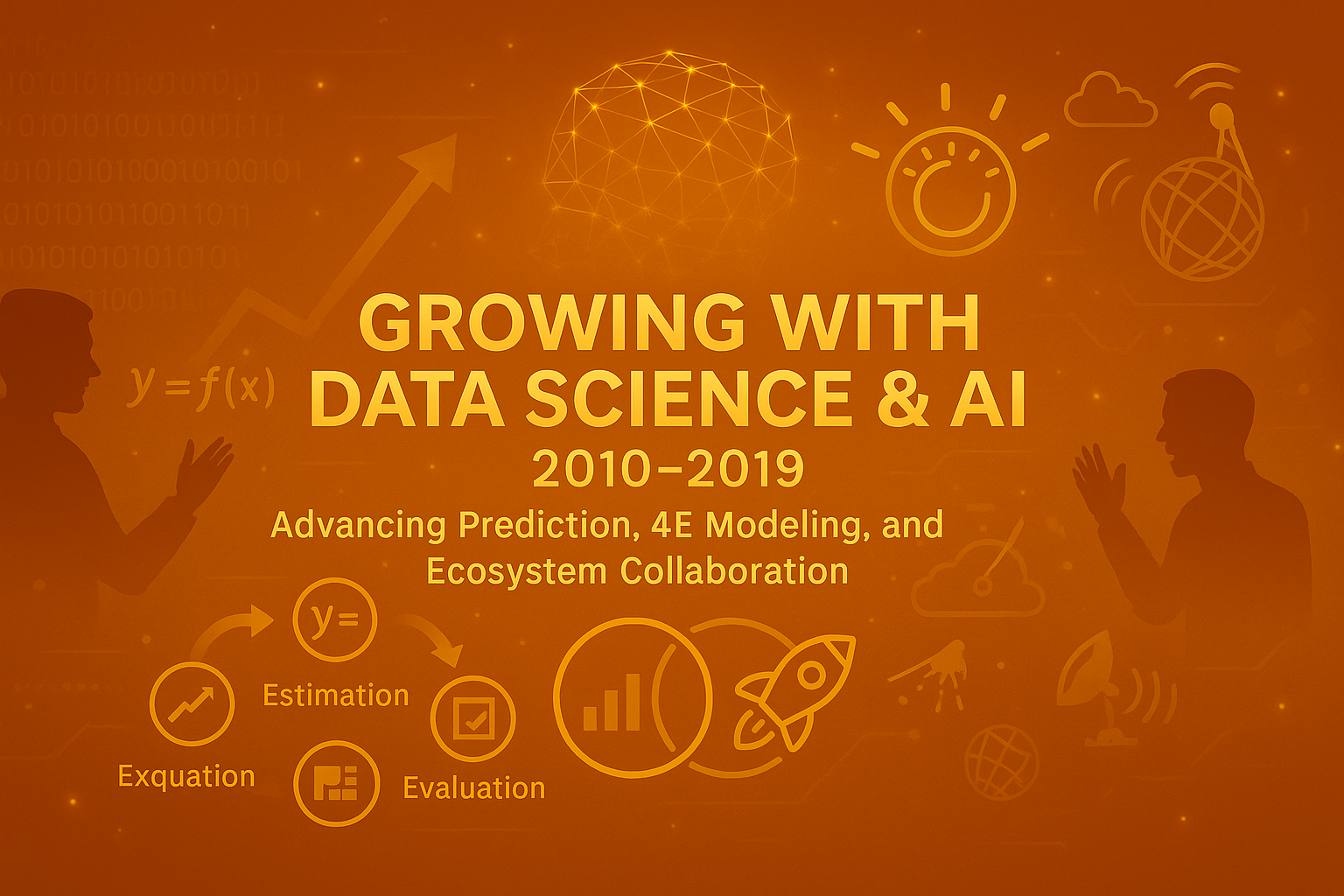Dr. Alex Liu
📍 Refocusing on U.S.
Projects and Prediction-Oriented Models
 In
2009, due to family needs and other
factors, I stepped back from
international travel and withdrew from
overseas projects to concentrate on
U.S.-based work. I used this inflection
point to serve a smaller set of
organizations more deeply, integrating
organizational logic into my models and
refining predictive methods to improve
forecast accuracy and project success
rates.
In
2009, due to family needs and other
factors, I stepped back from
international travel and withdrew from
overseas projects to concentrate on
U.S.-based work. I used this inflection
point to serve a smaller set of
organizations more deeply, integrating
organizational logic into my models and
refining predictive methods to improve
forecast accuracy and project success
rates.
Some colleagues
initially questioned this shift, but I
explained that my expertise—methods,
processes, and technologies of data
analysis—was always meant to help
projects succeed, especially
organization-wide initiatives. In fact,
improving predictive accuracy and
project success is a common aim across
civilizations’ methodological
advances—often reaching beyond the
narrow modern-science paradigm—and a
profoundly meaningful pursuit.
🧠 4E-Infused Modeling:
Organizational Logic, Latents, and
Faster ML
By incorporating
organizational operations, latent
variables (including faith and spiritual
factors), and a 4E-based
statistical-learning framework, my
models often achieved greater accuracy
and faster deployment than conventional
approaches.
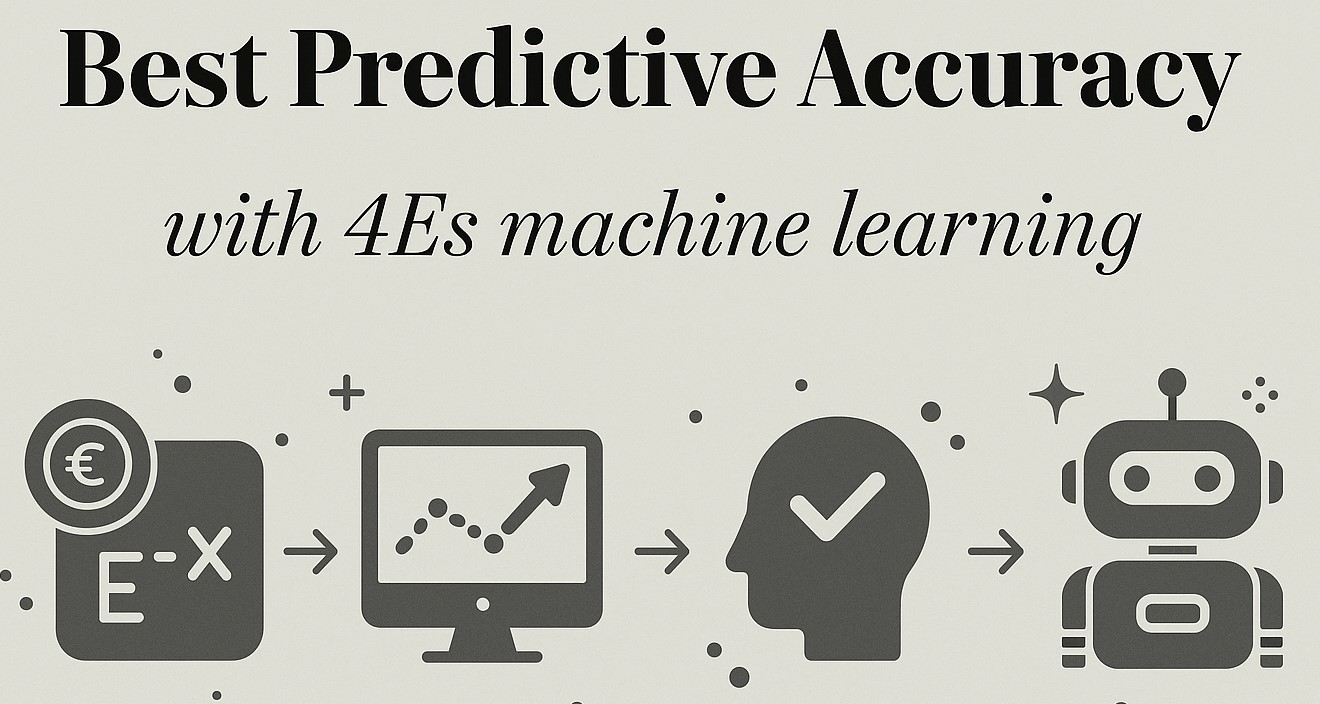 In
2007–2008, I tested several risk models
for a major U.S. bank with promising
results, reinforcing my resolve to focus
on enterprise applications. I resigned
from adjunct teaching positions to
dedicate myself fully to non-academic
projects. Yet, as data science and AI
began to surge, collaborations with
Stanford, USC, and others actually
increased—and during this period I
continued to supervise a few doctoral
projects on spiritual capital.
In
2007–2008, I tested several risk models
for a major U.S. bank with promising
results, reinforcing my resolve to focus
on enterprise applications. I resigned
from adjunct teaching positions to
dedicate myself fully to non-academic
projects. Yet, as data science and AI
began to surge, collaborations with
Stanford, USC, and others actually
increased—and during this period I
continued to supervise a few doctoral
projects on spiritual capital.
🚀 “Data Scientist” in
the Wild: Ingram Micro, Davenport, and
Early Momentum
My renewed focus
happened to coincide with the rise of
data science and machine learning,
creating unexpected opportunities—and a
platform to advocate for positive social
impact in these fields.
My first major
engagement was with INGRAM MICRO, a
Fortune 100 company, where a former
Disney CIO led a data-driven
transformation. I led a small team and,
over three months, developed a strategy
for using analytics to guide business
transformation, laying a foundation for
the company’s shift. Executives there
admired Thomas H. Davenport’s
Competing on Analytics, and from
then on I followed his work closely and
later collaborated with him.
🔍 Search, Fintech, and
Program Evaluation: From Shopzilla to
Toyota
After INGRAM
MICRO, I consulted for Shopzilla,
enhancing search relevance through
predictive modeling. There, a Silicon
Valley consultant insisted that I use
the title “data scientist”—one of my
earliest public uses of the term, which
was still uncommon at the time.
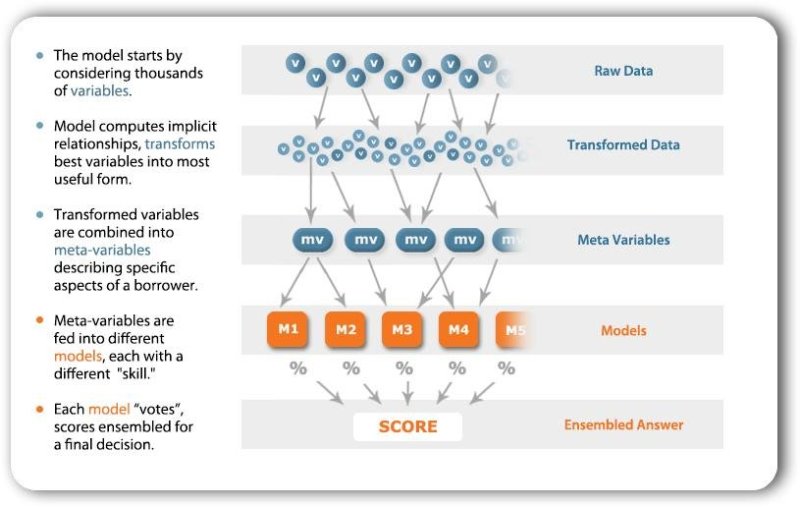 I
then joined a fintech startup founded by
former Google and Capital One executives
as a machine learning specialist, where
I built the company’s first
credit-scoring production model, which
outperformed a prior consulting build.
Additional projects followed: a
money-transfer firm’s data
transformation, a Toyota customer 360
model, and, for USAID, an analysis of
U.S. compensation programs for civilian
casualties in Iraq. The latter was a
unique learning experience; I declined
in-country fieldwork for safety reasons,
and the project did not continue.
I
then joined a fintech startup founded by
former Google and Capital One executives
as a machine learning specialist, where
I built the company’s first
credit-scoring production model, which
outperformed a prior consulting build.
Additional projects followed: a
money-transfer firm’s data
transformation, a Toyota customer 360
model, and, for USAID, an analysis of
U.S. compensation programs for civilian
casualties in Iraq. The latter was a
unique learning experience; I declined
in-country fieldwork for safety reasons,
and the project did not continue.
📈 Growing with the
Field: The Data Scientist Narrative

These
projects enabled me to learn quickly,
validate models with real-world data,
and grow alongside data science itself.
When I was first hired as a data
scientist in 2010, very few had even
heard the title. Meanwhile, Thomas H.
Davenport’s writings were propelling the
field—his 2012 Harvard Business Review
article on the “sexiest job” became a
defining reference.
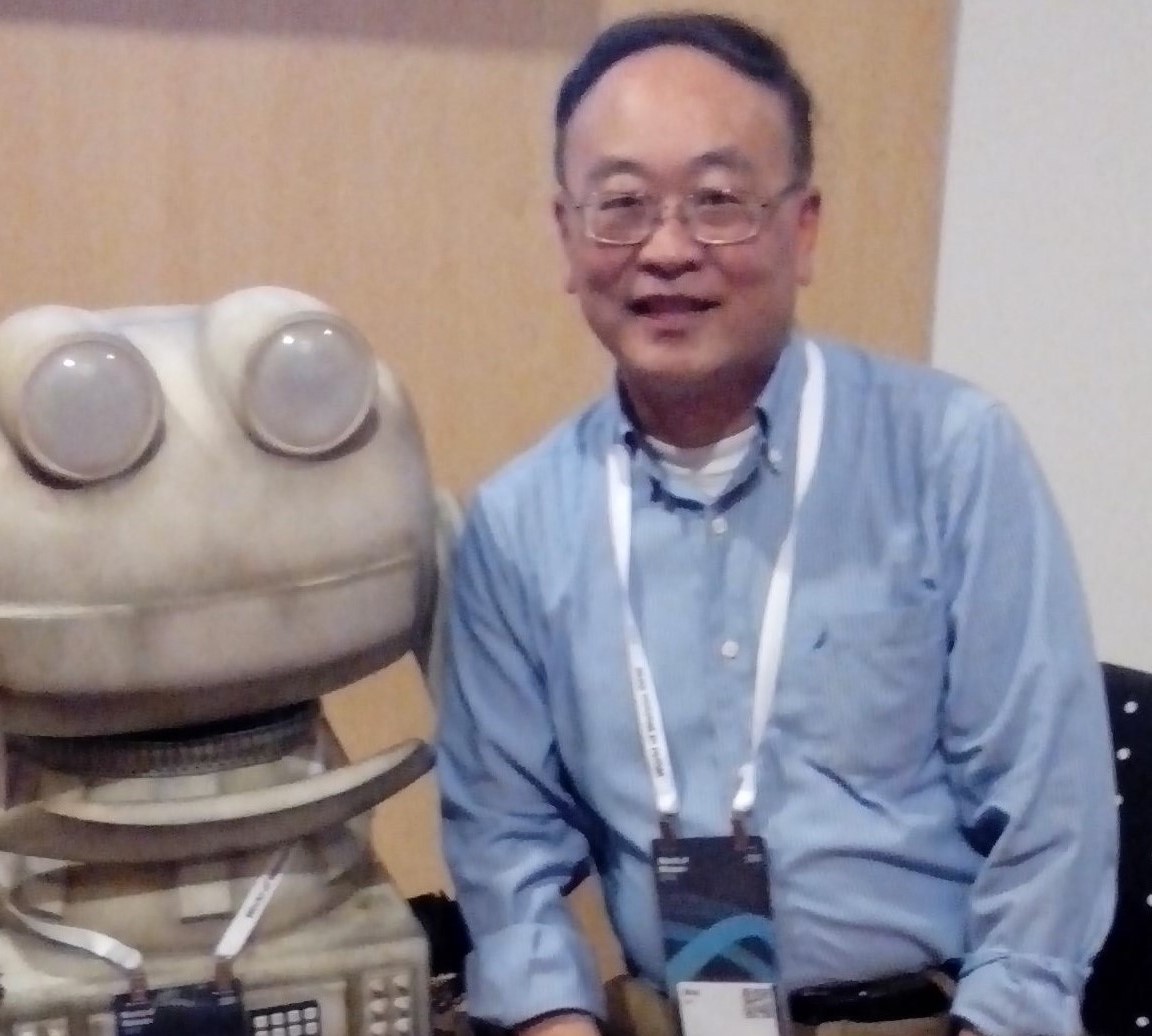 After
a talk at Harvard, Davenport and I
compared notes: he was a Harvard
sociology Ph.D., I a Stanford sociology
Ph.D.—and it seemed rare for
sociologists to have entered data
science so deeply.
After
a talk at Harvard, Davenport and I
compared notes: he was a Harvard
sociology Ph.D., I a Stanford sociology
Ph.D.—and it seemed rare for
sociologists to have entered data
science so deeply.
🌐 RMDS Community and
Joining IBM (2013–2019)

In
2009, with friends and colleagues, I
founded the Research Methods and Data
Science (RMDS) community. Without formal
promotion, it grew into a globally
recognized network with tens of
thousands of members. The Southern
California chapter partnered with the
City of Los Angeles, Disney, USC, and
others to host events on smart cities,
smart governance, data management, and
weather prediction—often cited as
catalysts for the region’s growth in
data science.

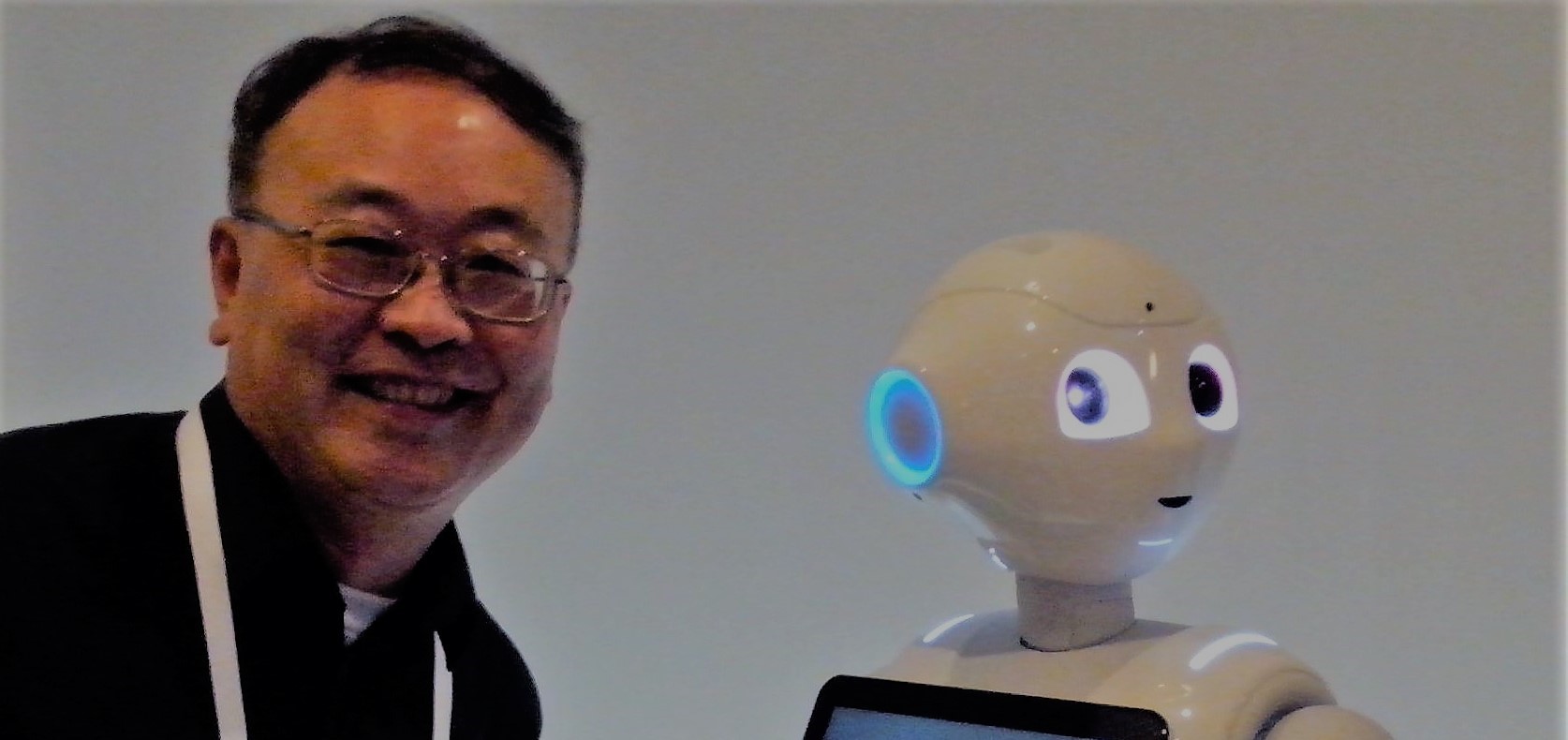 After
I joined IBM in 2013 as a big-data
scientist, the RMDS community expanded
even faster, opening new doors for
collaborations and publications.
After
I joined IBM in 2013 as a big-data
scientist, the RMDS community expanded
even faster, opening new doors for
collaborations and publications.
📚 Capital Debates,
Values, and Public Interest AI
(2014–2016)
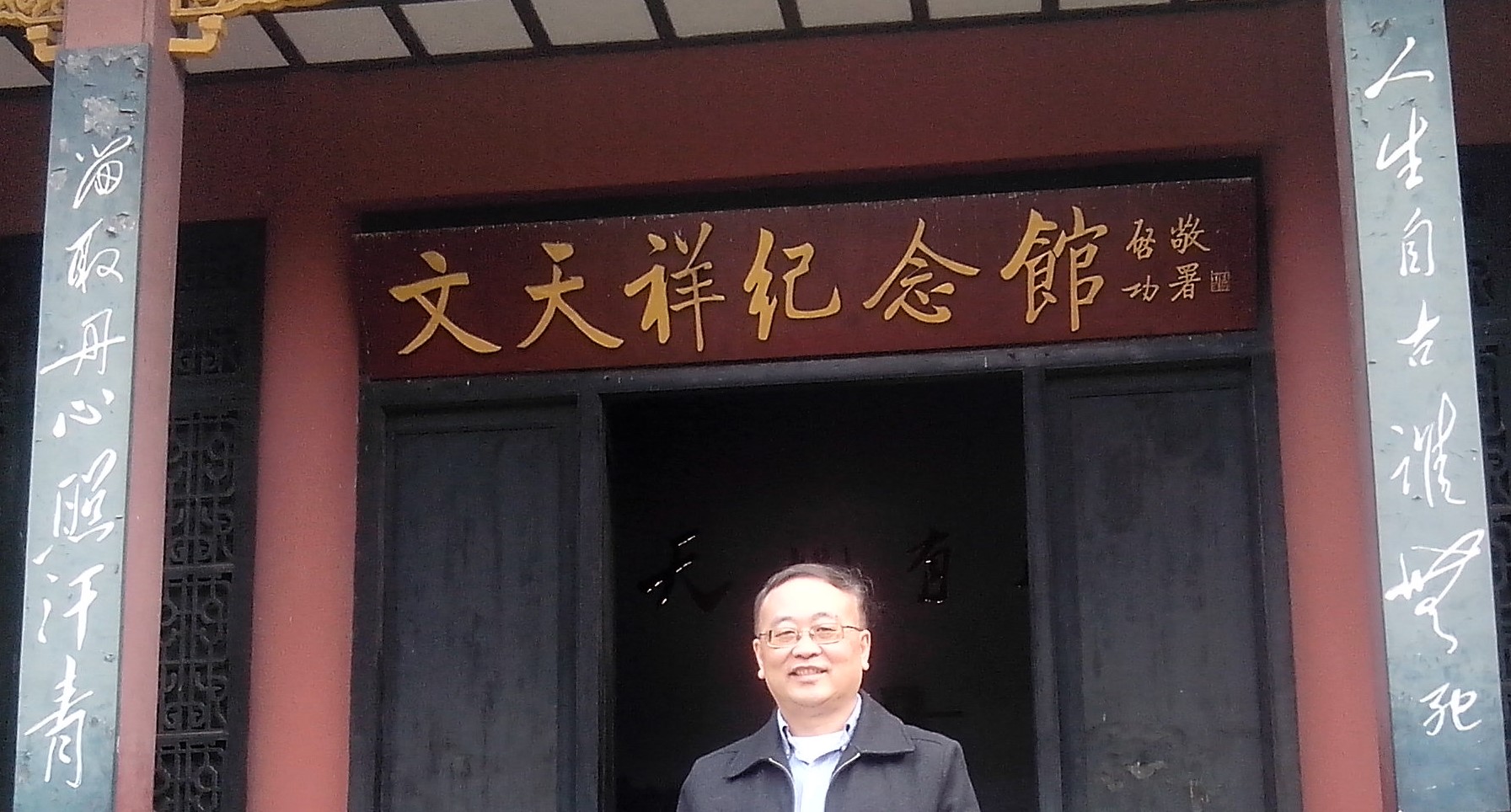
In
2014, Thomas Piketty’s
Capital in the
Twenty-First Century reignited
debates relevant to my 4CAPITAL
research. While working in London in
2016 with IBM, I engaged more deeply in
discussions about using data science and
AI for societal good.
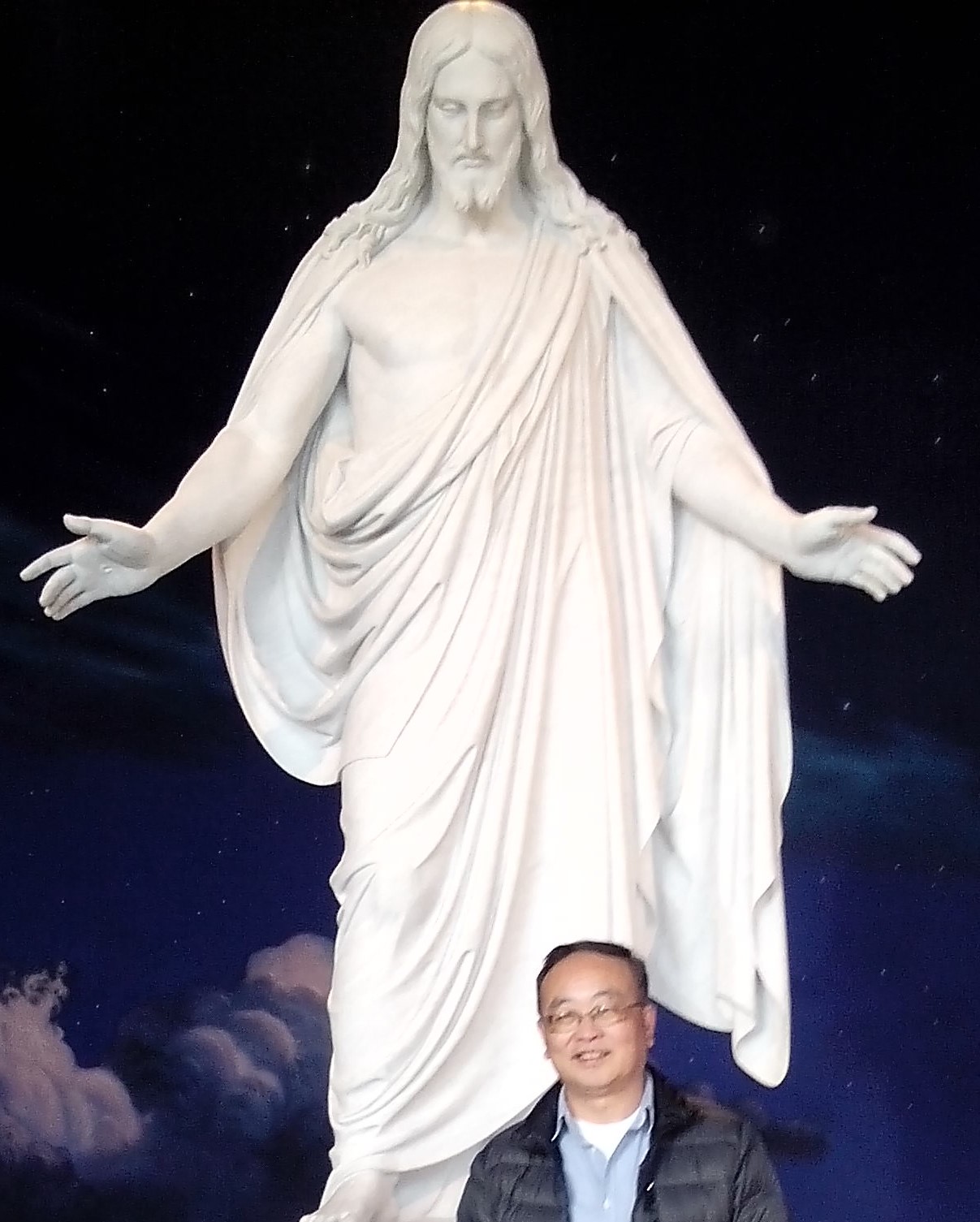 Given
my advocacy and city-level
collaborations (e.g., with Los Angeles
and Chicago), some organizations began
to associate my name with the idea that
data science should remain centered on
public benefit. In 2016, I traveled to
China for IBM data and ML training,
visited my hometown (Ji’an and
Jinggangshan, Jiangxi), and furthered my
faith-related explorations with a visit
to Salt Lake City.
Given
my advocacy and city-level
collaborations (e.g., with Los Angeles
and Chicago), some organizations began
to associate my name with the idea that
data science should remain centered on
public benefit. In 2016, I traveled to
China for IBM data and ML training,
visited my hometown (Ji’an and
Jinggangshan, Jiangxi), and furthered my
faith-related explorations with a visit
to Salt Lake City.
🛠️ IBM Projects:
Watson, Spark, Weather, IoT, and NASA
JPL

At
IBM, I contributed to projects
integrating R, SPSS, and Watson;
building ML process management on Apache
Spark; creating weather-data business
applications; developing advanced DS/AI
training and certification; managing
risk-prediction workflows; and advancing
IoT data intelligence.
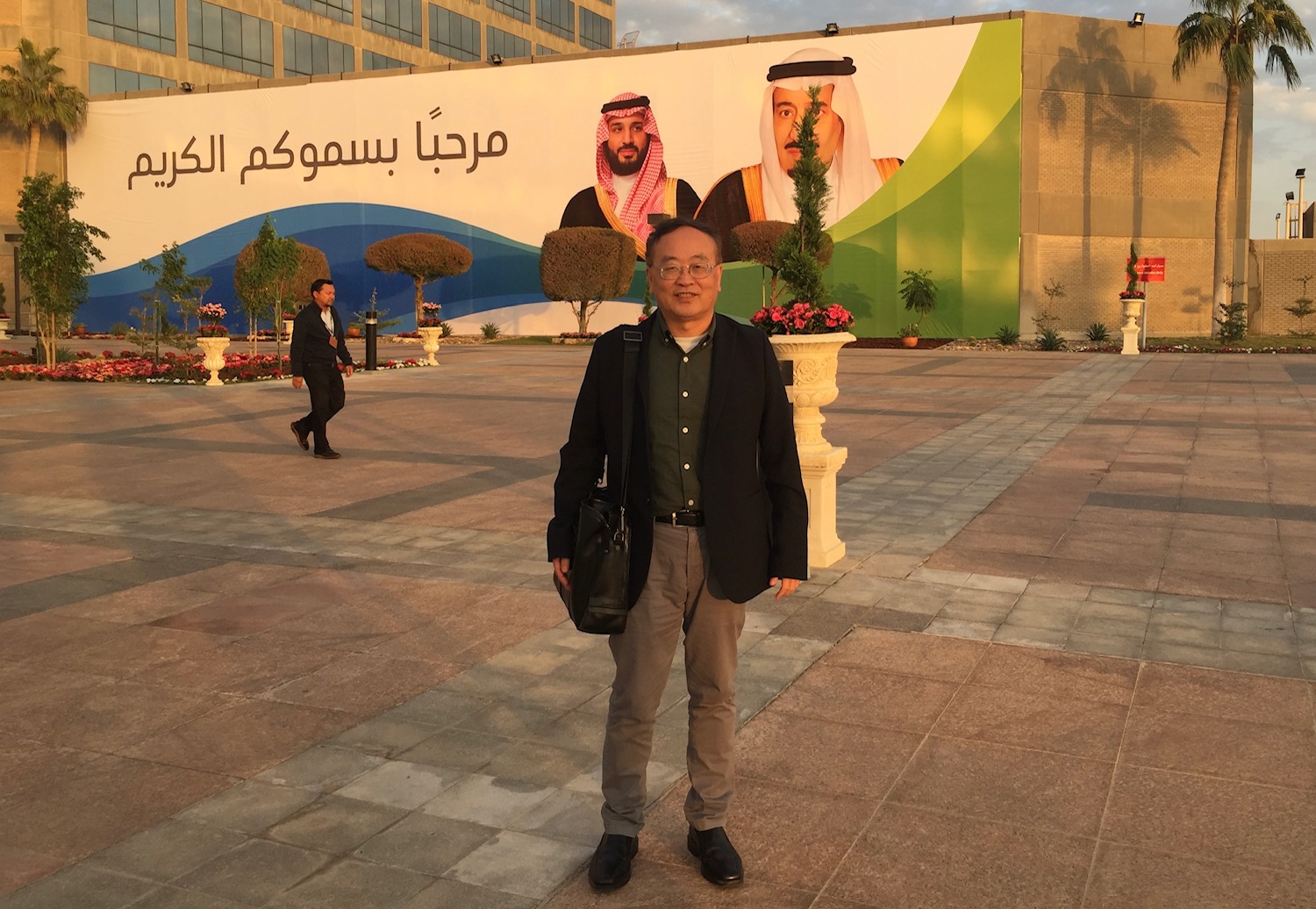
 We
brought Watson Studio and related ML
technologies to major organizations,
including Saudi Aramco, Farmers
Insurance, and NASA JPL, and
collaborated with universities such as
Harvard, the University of California,
and Caltech. I also supported European
banks and companies in London and
Sweden. A NASA JPL collaboration on
hurricane-density prediction using ML
later received the American
Meteorological Society’s Banner I.
Miller Award and other innovation
honors.
We
brought Watson Studio and related ML
technologies to major organizations,
including Saudi Aramco, Farmers
Insurance, and NASA JPL, and
collaborated with universities such as
Harvard, the University of California,
and Caltech. I also supported European
banks and companies in London and
Sweden. A NASA JPL collaboration on
hurricane-density prediction using ML
later received the American
Meteorological Society’s Banner I.
Miller Award and other innovation
honors.
🌱 Ecosystem Approach,
Field Leadership, and Toward Holistic
Computation

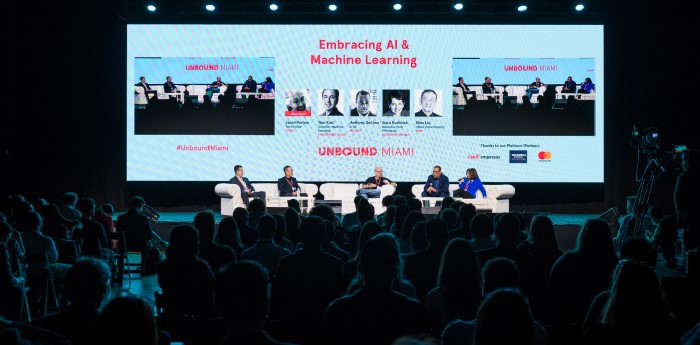
At
IBM, I held titles such as Chief Data
Scientist, Distinguished Data Scientist,
and Thought Leader, which led to many
keynotes and invited talks. I proposed
the Ecosystem Approach—integrating
expert communities with systemic
processes to improve project success
rates—and presented it at IBM’s annual
conferences from 2016 to 2019. The idea
of reinforcement learning with expert
feedback gained wide traction.
 From
November 2019, I served as an advisor to
the Harvard Data Science Review and as
Series Editor for Taylor & Francis’s
Impactful Data Science. Building on
prior work—incubation support
environments, 4CAPITAL, and data-science
ecosystem methods—I developed new
frameworks: 4E-based reinforcement
learning with expert feedback embedded
in process optimization, and a
four-dimensional (material,
intellectual, social, spiritual)
subject-knowledge model. These strands
converged into a broader framework I
call Holistic Computation.
From
November 2019, I served as an advisor to
the Harvard Data Science Review and as
Series Editor for Taylor & Francis’s
Impactful Data Science. Building on
prior work—incubation support
environments, 4CAPITAL, and data-science
ecosystem methods—I developed new
frameworks: 4E-based reinforcement
learning with expert feedback embedded
in process optimization, and a
four-dimensional (material,
intellectual, social, spiritual)
subject-knowledge model. These strands
converged into a broader framework I
call Holistic Computation.
📍 Refocusing on U.S.
Projects and Prediction-Oriented Models
 In
2009, due to family needs and other
factors, I stepped back from
international travel and withdrew from
overseas projects to concentrate on
U.S.-based work. I used this inflection
point to serve a smaller set of
organizations more deeply, integrating
organizational logic into my models and
refining predictive methods to improve
forecast accuracy and project success
rates.
In
2009, due to family needs and other
factors, I stepped back from
international travel and withdrew from
overseas projects to concentrate on
U.S.-based work. I used this inflection
point to serve a smaller set of
organizations more deeply, integrating
organizational logic into my models and
refining predictive methods to improve
forecast accuracy and project success
rates.
Some colleagues
initially questioned this shift, but I
explained that my expertise—methods,
processes, and technologies of data
analysis—was always meant to help
projects succeed, especially
organization-wide initiatives. In fact,
improving predictive accuracy and
project success is a common aim across
civilizations’ methodological
advances—often reaching beyond the
narrow modern-science paradigm—and a
profoundly meaningful pursuit.
🧠 4E-Infused Modeling:
Organizational Logic, Latents, and
Faster ML
By incorporating
organizational operations, latent
variables (including faith and spiritual
factors), and a 4E-based
statistical-learning framework, my
models often achieved greater accuracy
and faster deployment than conventional
approaches.
![]() In
2007–2008, I tested several risk models
for a major U.S. bank with promising
results, reinforcing my resolve to focus
on enterprise applications. I resigned
from adjunct teaching positions to
dedicate myself fully to non-academic
projects. Yet, as data science and AI
began to surge, collaborations with
Stanford, USC, and others actually
increased—and during this period I
continued to supervise a few doctoral
projects on spiritual capital.
In
2007–2008, I tested several risk models
for a major U.S. bank with promising
results, reinforcing my resolve to focus
on enterprise applications. I resigned
from adjunct teaching positions to
dedicate myself fully to non-academic
projects. Yet, as data science and AI
began to surge, collaborations with
Stanford, USC, and others actually
increased—and during this period I
continued to supervise a few doctoral
projects on spiritual capital.
🚀 “Data Scientist” in
the Wild: Ingram Micro, Davenport, and
Early Momentum
My renewed focus
happened to coincide with the rise of
data science and machine learning,
creating unexpected opportunities—and a
platform to advocate for positive social
impact in these fields.
My first major
engagement was with INGRAM MICRO, a
Fortune 100 company, where a former
Disney CIO led a data-driven
transformation. I led a small team and,
over three months, developed a strategy
for using analytics to guide business
transformation, laying a foundation for
the company’s shift. Executives there
admired Thomas H. Davenport’s
Competing on Analytics, and from
then on I followed his work closely and
later collaborated with him.
🔍 Search, Fintech, and
Program Evaluation: From Shopzilla to
Toyota
After INGRAM
MICRO, I consulted for Shopzilla,
enhancing search relevance through
predictive modeling. There, a Silicon
Valley consultant insisted that I use
the title “data scientist”—one of my
earliest public uses of the term, which
was still uncommon at the time.
 I
then joined a fintech startup founded by
former Google and Capital One executives
as a machine learning specialist, where
I built the company’s first
credit-scoring production model, which
outperformed a prior consulting build.
Additional projects followed: a
money-transfer firm’s data
transformation, a Toyota customer 360
model, and, for USAID, an analysis of
U.S. compensation programs for civilian
casualties in Iraq. The latter was a
unique learning experience; I declined
in-country fieldwork for safety reasons,
and the project did not continue.
I
then joined a fintech startup founded by
former Google and Capital One executives
as a machine learning specialist, where
I built the company’s first
credit-scoring production model, which
outperformed a prior consulting build.
Additional projects followed: a
money-transfer firm’s data
transformation, a Toyota customer 360
model, and, for USAID, an analysis of
U.S. compensation programs for civilian
casualties in Iraq. The latter was a
unique learning experience; I declined
in-country fieldwork for safety reasons,
and the project did not continue.
📈 Growing with the
Field: The Data Scientist Narrative

 After
a talk at Harvard, Davenport and I
compared notes: he was a Harvard
sociology Ph.D., I a Stanford sociology
Ph.D.—and it seemed rare for
sociologists to have entered data
science so deeply.
After
a talk at Harvard, Davenport and I
compared notes: he was a Harvard
sociology Ph.D., I a Stanford sociology
Ph.D.—and it seemed rare for
sociologists to have entered data
science so deeply.
🌐 RMDS Community and
Joining IBM (2013–2019)
![]()

 After
I joined IBM in 2013 as a big-data
scientist, the RMDS community expanded
even faster, opening new doors for
collaborations and publications.
After
I joined IBM in 2013 as a big-data
scientist, the RMDS community expanded
even faster, opening new doors for
collaborations and publications.
📚 Capital Debates,
Values, and Public Interest AI
(2014–2016)

 Given
my advocacy and city-level
collaborations (e.g., with Los Angeles
and Chicago), some organizations began
to associate my name with the idea that
data science should remain centered on
public benefit. In 2016, I traveled to
China for IBM data and ML training,
visited my hometown (Ji’an and
Jinggangshan, Jiangxi), and furthered my
faith-related explorations with a visit
to Salt Lake City.
Given
my advocacy and city-level
collaborations (e.g., with Los Angeles
and Chicago), some organizations began
to associate my name with the idea that
data science should remain centered on
public benefit. In 2016, I traveled to
China for IBM data and ML training,
visited my hometown (Ji’an and
Jinggangshan, Jiangxi), and furthered my
faith-related explorations with a visit
to Salt Lake City.
🛠️ IBM Projects:
Watson, Spark, Weather, IoT, and NASA
JPL


 We
brought Watson Studio and related ML
technologies to major organizations,
including Saudi Aramco, Farmers
Insurance, and NASA JPL, and
collaborated with universities such as
Harvard, the University of California,
and Caltech. I also supported European
banks and companies in London and
Sweden. A NASA JPL collaboration on
hurricane-density prediction using ML
later received the American
Meteorological Society’s Banner I.
Miller Award and other innovation
honors.
We
brought Watson Studio and related ML
technologies to major organizations,
including Saudi Aramco, Farmers
Insurance, and NASA JPL, and
collaborated with universities such as
Harvard, the University of California,
and Caltech. I also supported European
banks and companies in London and
Sweden. A NASA JPL collaboration on
hurricane-density prediction using ML
later received the American
Meteorological Society’s Banner I.
Miller Award and other innovation
honors.
🌱 Ecosystem Approach,
Field Leadership, and Toward Holistic
Computation

 From
November 2019, I served as an advisor to
the Harvard Data Science Review and as
Series Editor for Taylor & Francis’s
Impactful Data Science. Building on
prior work—incubation support
environments, 4CAPITAL, and data-science
ecosystem methods—I developed new
frameworks: 4E-based reinforcement
learning with expert feedback embedded
in process optimization, and a
four-dimensional (material,
intellectual, social, spiritual)
subject-knowledge model. These strands
converged into a broader framework I
call Holistic Computation.
From
November 2019, I served as an advisor to
the Harvard Data Science Review and as
Series Editor for Taylor & Francis’s
Impactful Data Science. Building on
prior work—incubation support
environments, 4CAPITAL, and data-science
ecosystem methods—I developed new
frameworks: 4E-based reinforcement
learning with expert feedback embedded
in process optimization, and a
four-dimensional (material,
intellectual, social, spiritual)
subject-knowledge model. These strands
converged into a broader framework I
call Holistic Computation.
